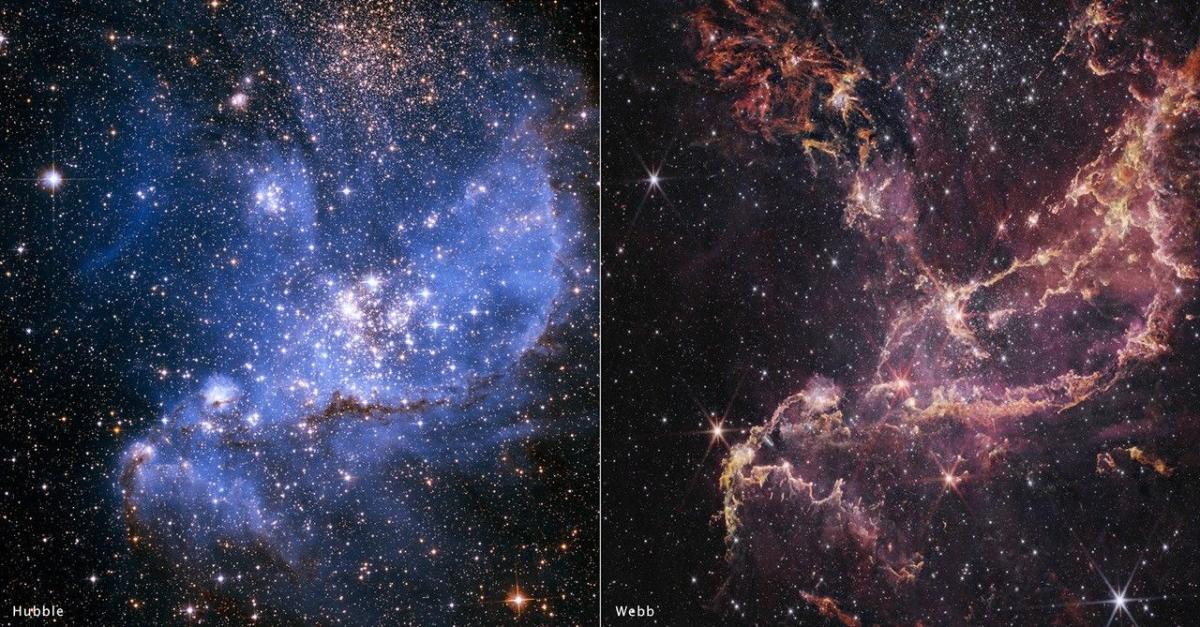Useful information
Prime News delivers timely, accurate news and insights on global events, politics, business, and technology
Useful information
Prime News delivers timely, accurate news and insights on global events, politics, business, and technology

NASA says it was able to use the James Webb telescope around ancient stars that challenge theoretical models of how planets can form. The images support that have not been confirmed until now.
Webb’s new highly detailed images were captured from the “Small Magellanic Cloud,” a dwarf galaxy neighboring our home, the Milky Way. The Webb telescope focused specifically on a cluster called NGC 346, which NASA says is a good indicator of “similar conditions in the early, distant universe” and which lacks the heavier elements that have traditionally been linked to the formation of planets. Webb was able to capture a spectrum of light that suggests there are still protoplanetary disks around those stars, contrary to previous expectations that they would have disappeared within a few million years.
“Hubble observations of NGC 346 since the mid-2000s revealed many stars between 20 and 30 million years old that appeared to still have planet-forming disks,” NASA writes. Without more detailed evidence, that idea was controversial. The Webb telescope was able to fill in those details, suggesting that the disks of our neighboring galaxies have a much longer period of time to collect the dust and gas that form the basis of a new planet.
As for why those disks may persist in the first place, NASA says researchers have two possible theories. One is that the “radiation pressure” ejected from the stars in NGC 346 simply takes longer to dissipate the planet-forming disks. The other is that the larger gas cloud needed to form a “Sun-like star” in an environment with fewer heavy elements would naturally produce larger disks that would take longer to fade away. Whichever theory turns out to be correct, the new images are beautiful evidence that we still don’t fully understand how planets form.